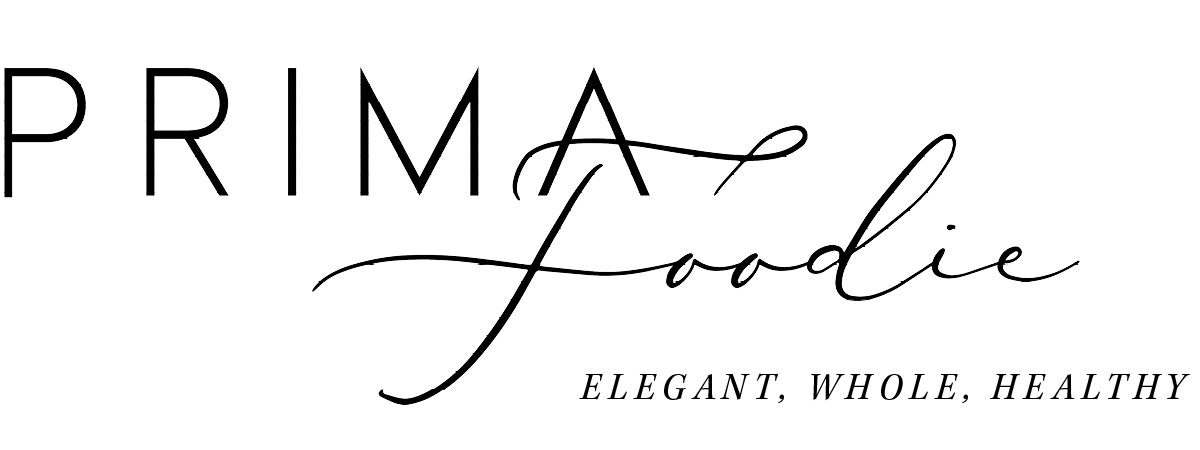What We All Must Know about Our Drinking Water
The news headlines about our drinking water are horrifying:
“Forever chemicals spike” (The Denver Post)
“Water restrictions drag on” (USA Today)
“Community members share concerns about possible water pollutants (WEAU TV)
Even more disturbing: These stories revealing the contaminants lurking in our water are the ones making the news. We do not hear about the hundreds upon hundreds of small-town water issues not reported. According to Erin Brockovich, the renowned public health advocate, environmental activist, and author, at least 1500 boil water advisories occur every month across the US. Those circumstances may not make headlines, but they make countless residents sick.
So why is our drinking water in the US in such dire straits? And what do we need to know? Here are the four biggest concerns:
#1: Old infrastructure
Most water and sewer pipes in the United States date back 45 to 150 years. They’re rusty, old, made of crumbling materials, and rife with issues. This infrastructure is in dire need of replacement because of corrosion, but doing so is extremely expensive. Many municipalities lack the funds in their budgets to invest in updated infrastructure.
#2: Toxic pipe materials
In 1986, US Congress banned the use of lead in water pipes. Still, many pipes in existence before the ban remain— up to 10 million, according to the EPA. Lead from these pipes leak into the water, which we then consume. Research shows that lead stays in the body, leading to grave health impacts. (Earlier this July, the York City Coalition to End Lead Poisoning published their report “No Excuses, NYC: Replace Lead Drinking Water Pipes Now,” revealing that 21 percent of NYC residents may be drinking water from lead pipes. And in California, daycare centers show high amounts of lead consumption linked to water.)
Additionally, plastic is a cause of concern. While non-lead pipes are often made of steel or iron, more municipalities are updating their infrastructure to plastic. This gives us chills.
#3: Forever chemicals
Common everyday products, from cookware to containers to personal care products, comprise PFAS and PFOA, which are highly toxic fluorinated chemicals. Deemed “forever chemicals,” these chemicals “build up in our bodies and never break down in the environment,” reports the Environmental Working Group. “Very small doses of PFAS have been linked to cancer, reproductive and immune system harm, and other diseases.” PFA are some of the most concerning emerging contaminants impacting our water today.
#4: Bacteria and microorganisms
Pathogenic bacteria (such as E. coli), microbes, and viruses are commonly present in water, as most of our drinking water comes from surface waters that can be polluted. To thwart these bacteria and viruses' health risks, municipalities add chlorine to the water. The issue is that when chlorine combines with organic materials, such as dirt, it sometimes creates disinfection byproducts, such as Trihalomethanes (THM). These byproducts pose significant health risks when consumed.
What can we do?
This is a giant concern, and it can be overwhelming. But like any issue, we can do the most good by educating ourselves, talking about it, and taking small action. Here are a few things you can do today to fight for cleaner water:
Please read about the state of our water system. Let’s educate ourselves as much as possible. Erin Brockovich’s ‘The Brockovich Report’ is an excellent place to start.
Talk about this— with your family, friends, and neighbors.
Communicate with your local government. Attend a city council meeting and ask questions about the state of your town or city’s pipes and the budget for improvements.
Be mindful of the water you drink. Stay up-to-date on boil water advisories in your area.
Filter your water before drinking it. This can help to remove harmful impurities and contaminants. We love Waterdrop and LARQ.



















